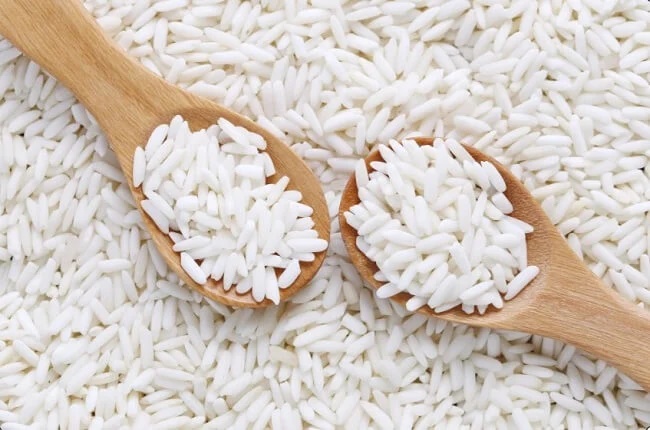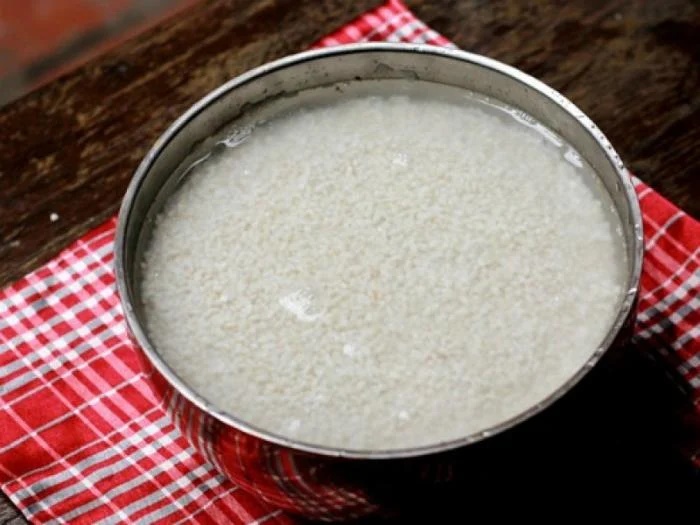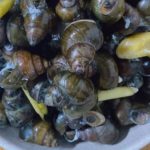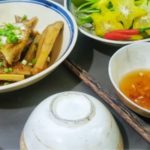Sticky Glutinous Rice: The Art of Perfect Soaking and Cooking
Glutinous rice has been a staple in Vietnamese cuisine for centuries, from daily breakfasts to elaborate wedding and ancestral feasts. Cooking sticky rice is a common task for Vietnamese women, but not everyone knows the precise techniques for soaking glutinous rice to achieve the perfect texture, aroma, and longevity.
1. Choosing and Soaking the Glutinous Rice

The quality of glutinous rice significantly impacts the final dish, making it crucial to select the best variety. Opt for rice with a milky-white color, uniform grains, a glossy exterior, and an absence of breakage or fragmentation. To ensure the best flavor, chew a few grains before purchasing; the rice should have a natural sweetness and a fresh, fragrant aroma. Avoid overly white rice, as it has been overly polished, removing the nutritious bran layer.
Unlike other types of rice, glutinous rice requires washing and soaking before cooking. This process allows the grains to expand evenly, ensuring faster cooking and preventing hardness, as sticky rice is cooked through steaming. Soaking the glutinous rice at the correct time is the key to achieving tender, aromatic grains. Soaking too soon or too late can lead to disappointing results.

Before cooking sticky rice, follow these steps:
+ Step 1: Washing the Rice
Before soaking, wash the glutinous rice gently. Avoid rubbing or scrubbing extensively, as this can remove vitamins from the outer layer.
+ Step 2: Soaking the Rice
Depending on the type of rice, soak it in water for 6 to 8 hours. Soaking for longer can lead to sourness and brittleness when cooked. Add a pinch of salt to the water to enhance the flavor and reduce any odor as the rice cooks.
For visually appealing sticky rice, incorporate annatto seed paste, purple sweet potato juice, or pandan leaves to create colorful variations. After the rice has soaked for an adequate amount of time, drain it, rinse it thoroughly with cold water, and let it drain for 10-15 minutes. Then, add the coloring agent and let it absorb for about ten minutes before steaming.
2. Two-Step Steaming Method for Sticky Rice

Temperature control is paramount when cooking sticky rice, as it directly influences the fragrance and texture of the dish. Pay close attention to the heat intensity throughout the process. First, add water to the steamer and bring it to a boil before placing the steamer tray with the rice on top. Maintain a steady temperature during cooking; excessive heat can result in burning, while insufficient heat can lead to mushiness. The optimal cooking time for sticky rice is approximately 30-40 minutes. The texture of the rice, whether sticky, charred, or undercooked, largely depends on the water level in the steamer.
Experienced home cooks recommend filling the steamer to about 1/3 of its capacity with water. This ensures sufficient steam to soften the rice without causing it to become overly mushy or losing its aesthetic appeal.
When the rice is cooked, spread it out on a large tray and allow it to cool slightly. Then, place the rice back in the steamer for a second round of steaming. This technique helps maintain the softness and chewiness even when stored for longer periods.
To complete the dish, drizzle a small amount of cooking oil or chicken fat over the rice and stir it evenly before removing it from the steamer. The oil or fat will enhance the rice’s shine, smoothness, and longevity.
Source: Xe và Thể Thao
“Tempt Your Taste Buds with These 7 Mouthwatering Snakehead Fish Dishes”
Are you ready to get creative in the kitchen? Asian Seabass, or Cá he, provides a unique flavor and delightful texture that cannot be matched. As this type of fish is part of the grouper family, it has a fatty and fragrant taste to it. All you need to do now is look to the 7 mouthwatering recipes we have for you to try! So, fire up the stove – it’s time to start cooking!



































